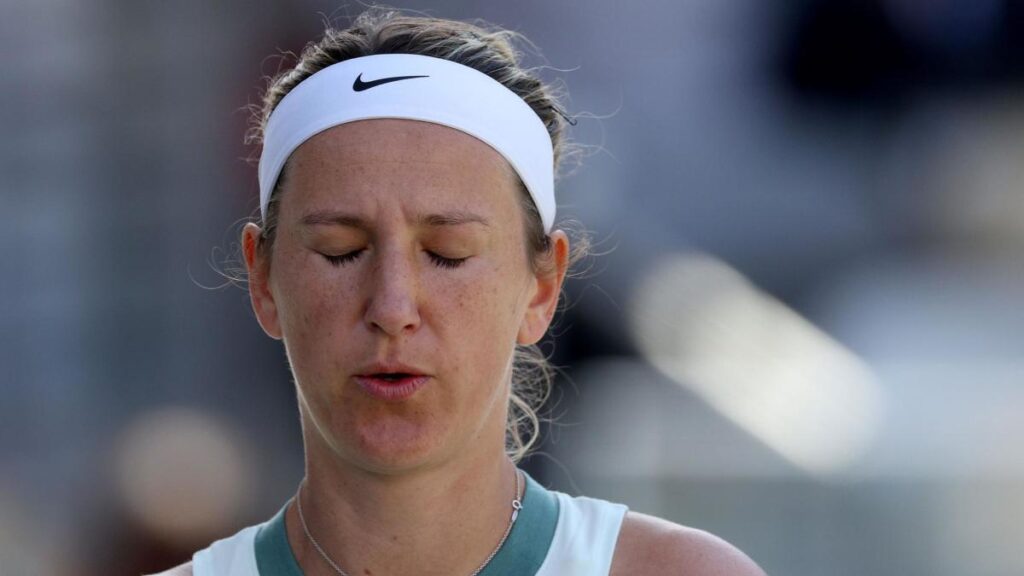
Angry players are behind 48% of the 12,000 social media posts deemed abusive towards tennis players this year, according to a detection system based on artificial intelligence.
The International Tennis Federation (ITF), the Women’s Tennis Association (WTA), the All England Lawn Tennis Club (AELTC) and the United States Tennis Association (USTA) joined forces late last year to launch a program for tracking publications on X., Facebook, Instagram, TikTok and YouTube.
Between January and October this year, the Threat Matrix service monitored 2.47 million messages.
Around 12,000 posts and comments violated the social media platforms’ community guidelines.
These were referred to social media platforms for the abuse to be removed and, in severe cases, the entire account.
Abuse on 15 accounts exceeded criminal thresholds and was referred to national law enforcement for action.
Former world number one Victoria Azarenka, a long-time member of the WTA Players Council, said she was pleased the system was helping to “create a healthier online environment”.
“It was essential that the WTA and these partner organizations took meaningful steps to filter, block and report hateful and harmful comments,” said the 35-year-old Belarusian.
“No one should have to endure the hate that so many of us have faced through these platforms.”
Former world number four Caroline Garcia is among several players who have spoken out about the level of abuse they face.
In August, the French player advocated for online trolls remember that players “are human”.
Garcia suggested that tournaments partnered with betting companies compound the problems faced by players.
“We are extremely pleased to have helped shut down a significant number of prolific abusive accounts and identify clear drivers of abuse, including large numbers of angry players,” said Jonathan Hirshler, Managing Director of Signify Group. manages Threat Matrix.
British number one Katie Boulter, five-time major champion Iga Swiatek and US Open finalist Jessica Pegula were among the many players who supported Garcia’s message.
Pegula described the “constant death threats” and “family threats” as “normal now.”
The system, which operates in 39 languages, protects 7,739 players participating in ITF World Tennis Tour tournaments and 563 players participating in WTA tournaments.
All players participating in the main draws and qualifying rounds of Wimbledon and the US Open, as well as chair umpires, were also covered by Threat Matrix.

